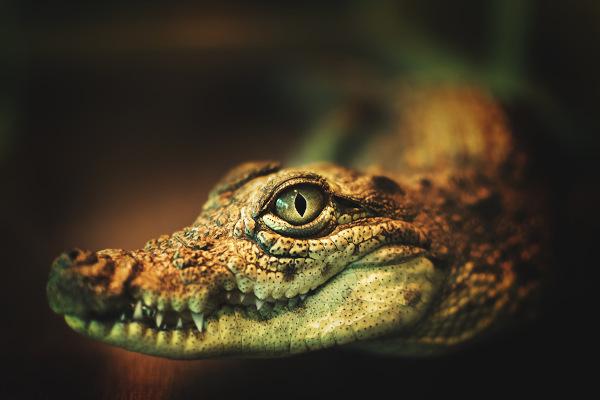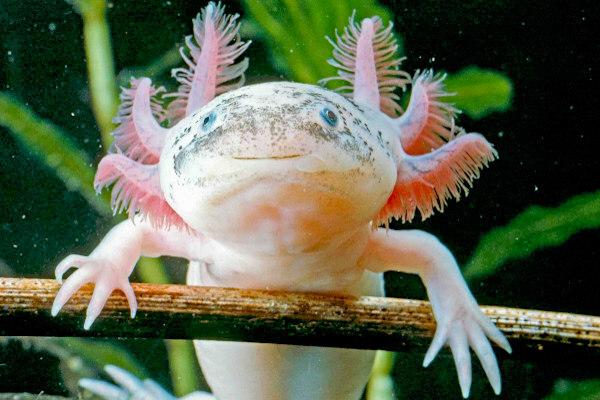Selective permeability is a property of the plasma membrane that controls the entry and exit of substances from the cell.
Through selective permeability, the plasma membrane selects the substances that must enter and leave the cell.
We can say that the membrane acts as a filter, allowing the passage of small substances and preventing or hindering the passage of large substances.
Water, oxygen gas and food must enter the cell. Meanwhile, carbon dioxide and excreta must leave.
Selective permeability is essential for the cell to perform its metabolic activities properly.
Learn more about Plasma membrane.
Transport of substances across the membrane
Some substances can cross the plasma membrane freely, without wasting energy. This process is called Passive Transport. It occurs because the solute flux follows its concentration gradient, from the most concentrated to the least concentrated. That is, in favor of the concentration gradient.
are examples of Passive Transport:
- Simple Broadcast: It is the passage of particles from where they are more concentrated to regions where their concentration is lower.
- Diffusion facilitated: It is the passage, through the membrane, of substances that do not dissolve in lipids, helped by the proteins (permeases) that permeate the membrane's lipid bilayer.
- Osmosis: It is the passage of water from a less concentrated medium (hypotonic) to a more concentrated one (hypertonic).
In other cases, the membrane is able to actively absorb or expel substances into or out of the cell, using energy. This process is called Active Transport.
are examples of Active Transport:
- Sodium and Potassium Pump: Corresponds to the passage of sodium and potassium ions into the cell, due to differences in their concentrations.
- Coupled Transport: This type of transport does not directly use the metabolic energy of ATP, but energy derived from the sodium and potassium pump. Furthermore, it depends on the transport proteins found in the membrane.
- Block Transport: Occurs when the cell transfers large amounts of substances into or out of its intracellular environment. It can be by endocytosis, transport in quantity of substances to the interior of the cell. Or by exocytosis, transporting substances, in quantity, out of the cell.



